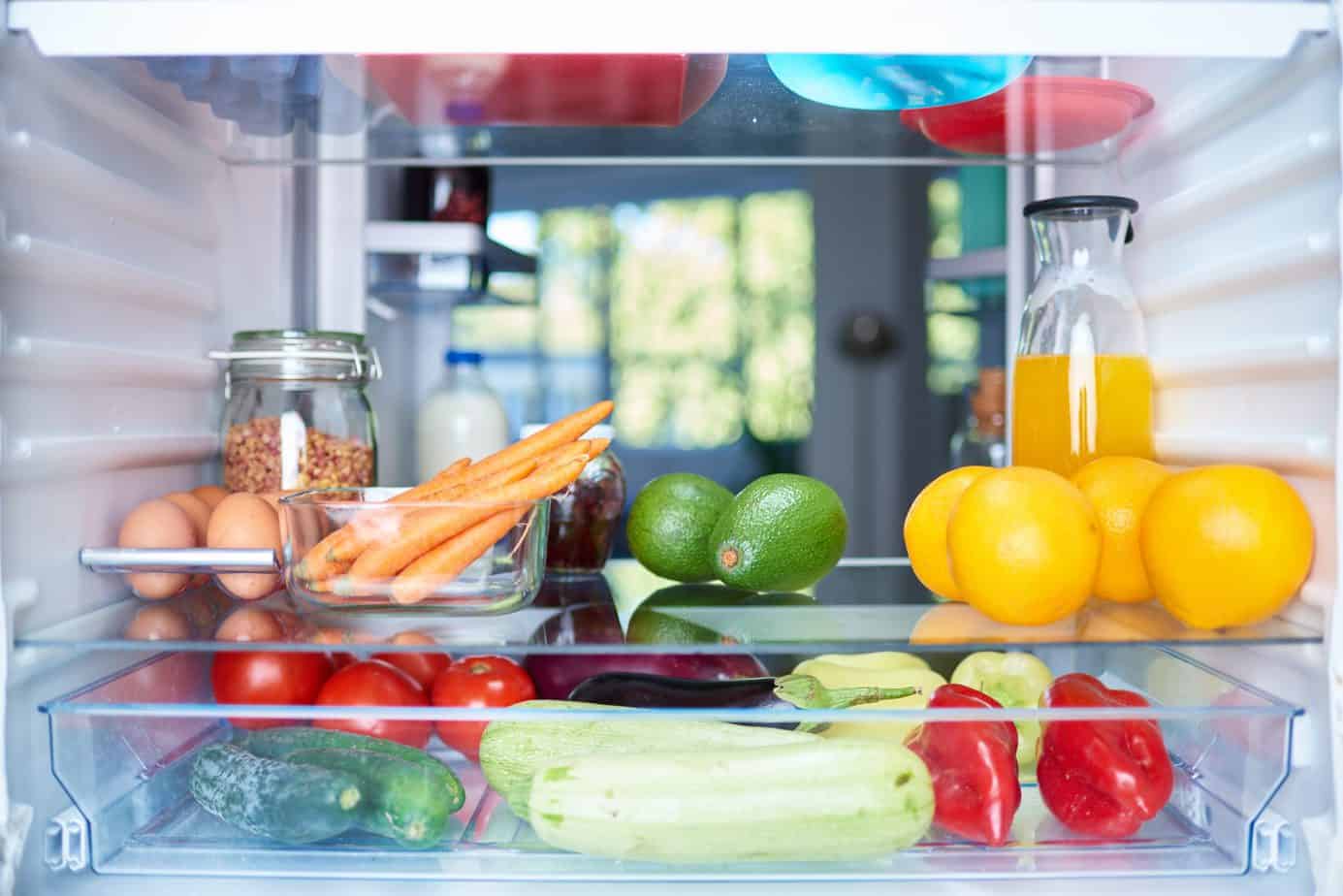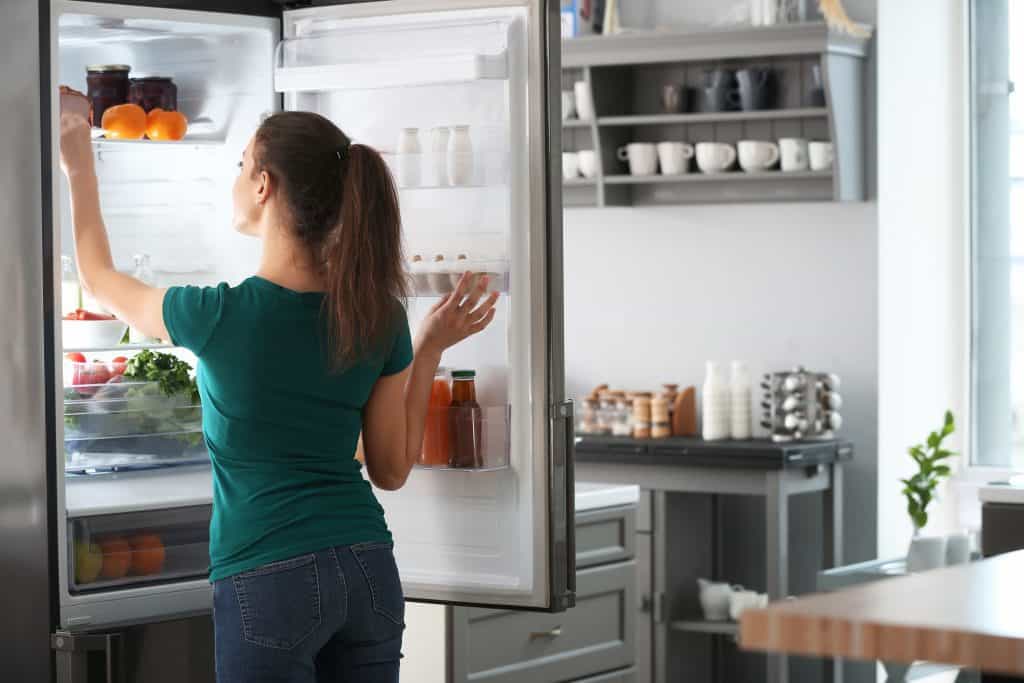
Sponsored article
A food service company must have clearly defined food storage areas and procedures for several reasons. In addition, specific products must be stored under appropriate conditions.
The area should be dry and cool to prevent spoilage and swelling of canned foods. The ideal temperature range is 10°C to 15°C. The room should be easy to keep clean and free of rodents and insects. This means that all openings in the walls, ceiling and floor should be sealed and protected.
The space should be designed to be easily organized and rearranged to facilitate stock rotation. It is best to place shelves in the middle of the room, so they can be stocked from both sides. The storage area should be well lit.
Shelves must be at least 15 cm above the floor. Do not store items directly on the floor. Aisles should be wide enough to allow room for carts, which should be used to prevent possible lifting injuries.
First and foremost, stock up on freezer equipment. Frozen foods should be stored at -18°C or below. If the temperature rises above -18°C, food can discolor and lose nutrients. Fruits and vegetables received frozen will be fit to eat for many months if properly packaged. Properly packaged fish and meat also have a relatively long shelf life. Be sure to stock a freezer table and freezer cabinets. Fresh fruit must be properly prepared for freezing or it will not stand up well to storage. Any produce to be frozen that is not properly packaged will cause freeze burn, a loss of moisture that affects both the texture and flavor of the food. A common sign of freezer burn is a white or gray dry spot developing on the surface of the frozen product. Meat is particularly susceptible to freezer burn
Refrigeration is an important part of food storage planning. Most fresh foods must be kept in cold storage to delay spoilage and decay. Always follow the most basic rule: store raw foods below, never above cooked or ready-to-eat foods.
Store foods at 4°C. Monitor the temperature of your refrigerator daily. All should be equipped with a thermometer so that daily readings can be taken. Keep your cooler in good condition. Additionally, sign a service contract with a local company that repairs this type of equipment. Most breakdowns are beyond your kitchen staff’s ability to repair, but if your refrigerator stops working, first check to see if the power cord was simply pulled. Clean refrigerators regularly. Shelves should be shallow and well ventilated to make such cleaning quick and easy. Develop and follow a schedule to ensure regular cleaning of refrigerators.

Dairy products should be stored in the refrigerator between 2°C and 4°C. The fat in dairy products tends to absorb strong odors from the environment. To reduce the likelihood of this happening, store dairy products in their own area in containers and other covers. Do not store dairy products in a vegetable refrigerator; a separate refrigerator is much more acceptable.
Keep the refrigerator clean at all times. Dairy products should not be ordered well in advance of use. Ideally, such products should be delivered daily.
These are the most difficult to store and the most expensive food items sold by the restaurant. Store foods at 4°C. All meat carcasses should be unpacked and hung to allow air to circulate around them. They should be stored at 1°C to 3°C in a cooler. Place absorbent paper under the meats to quickly clean up any unwanted liquids. Do not store fresh meat for too long. Boneless meat should be stored no longer than three days. Individual cuts should be used within two days. Individual cuts of meat, such as steaks, chops, stewed meat and minced meat, should be stored covered in plastic or stainless steel trays at 2°C to 4°C. Fresh poultry should be packed in ice and stored in the refrigerator. Fresh seafood should be packed in ice and stored at -1°C to 2°C and used as soon as possible. Store raw products on the bottom shelves of the refrigerator, under cooked products.
Main photo: chika_milan/Adobe Stock